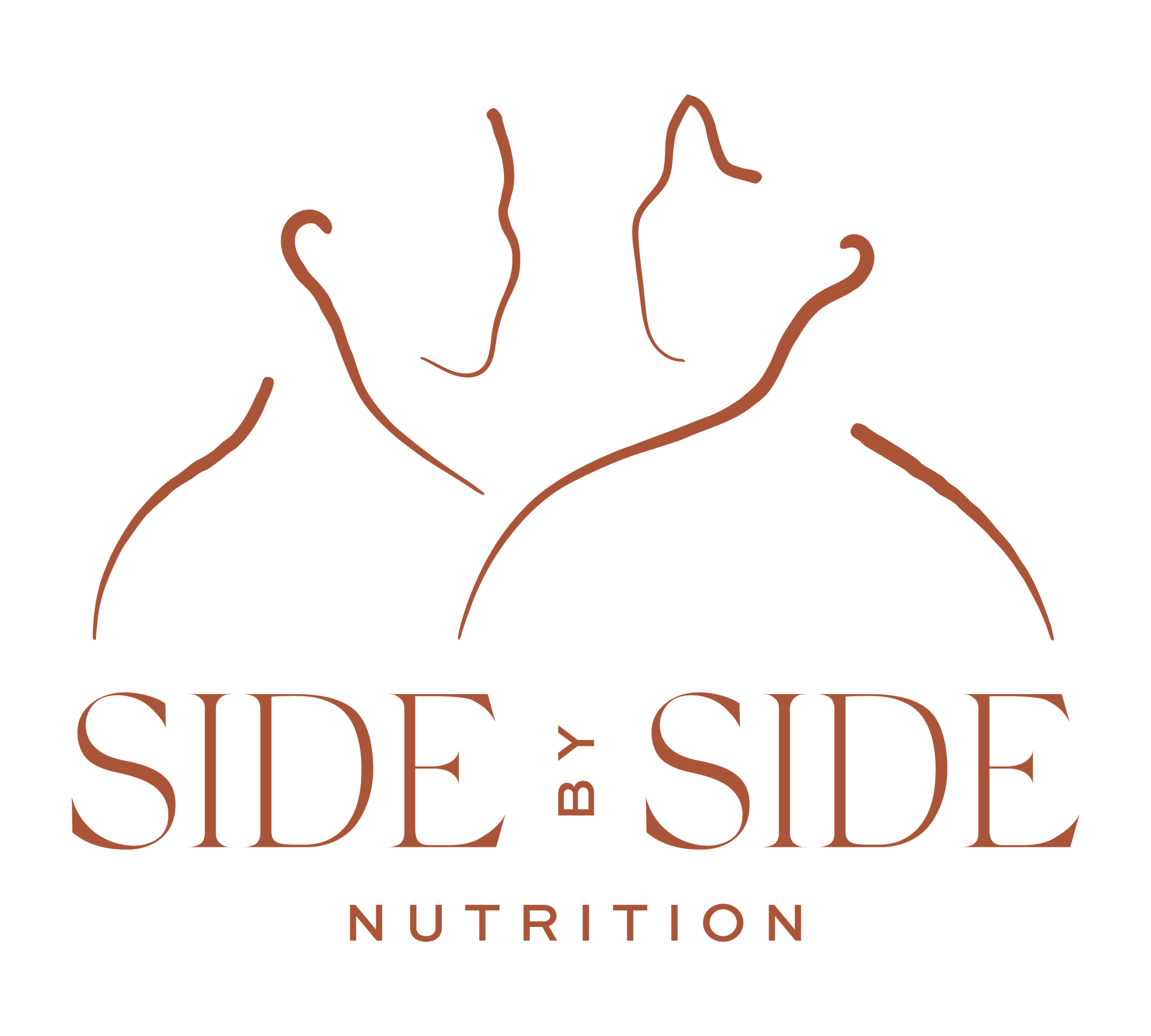Neuroplasticity is the property of the brain that enables it to change its own structure and functioning in response to activity and mental experience. Brain cells are able to constantly communicate electrically with one another and form and re-form new connections, moment by moment...a unique kind of healing. The good news for recovery is that when we start to think, feel, and do things differently, we carve out a new road.
Read MoreYour relationship with your body and your body’s relationship with yourself is just that- a relationship. In relationships, what we need is an understanding, an ability to listen to one each, an ability to understand and mend, to ask each other what you both need.
Read MoreNext time you find yourself questioning your treatment needs, check-in here. You may have been asking the wrong questions all along…
Read MoreA relationship can be defined as the way in which two or more concepts, objects, or people are connected, or as the state of being connected.
When discussing body image and body Image healing, it is very helpful to think of your relationship with your body as just that- a relationship. Our relationship with our body is similar to other relationships in our lives, like our relationships with our significant others, our friends, and other acquaintances.
Read MoreDiscomfort in a normal part of recovery
Feeling discomfort in recovery is to be expected and celebrated. Rather than act with automatic behaviors and judgment, get curious with that discomfort and practice sitting with the feeling with mindful awareness.
In eating disorder recovery, we have to get really uncomfortable to grow.
How can we work to change our relationship with what it means to be uncomfortable today and everyday?
Read MoreWhen the idea of body image work feels too overwhelming, start with self-compassion towards oneself around the suffering of body image distress.
Kristin Neff, a self-compassion researcher, author, and Associate Professor, describes self-compassion as having three different components.
self kindness vs self judgement
common humanity versus isolation
mindfulness vs. over-identification
Self- Kindness is a very active stance and practice of soothing and taking care of one's suffering while self-judgment may look like judging and criticizing the suffering.
Common humanity is framing one’s experience as part of a larger human experience while isolation is isolating oneself and the experience.
Mindfulness allows us to notice our suffering and to be with the suffering as it is and be with it to then be able to give ourselves the caring and compassion we need.
Read More






